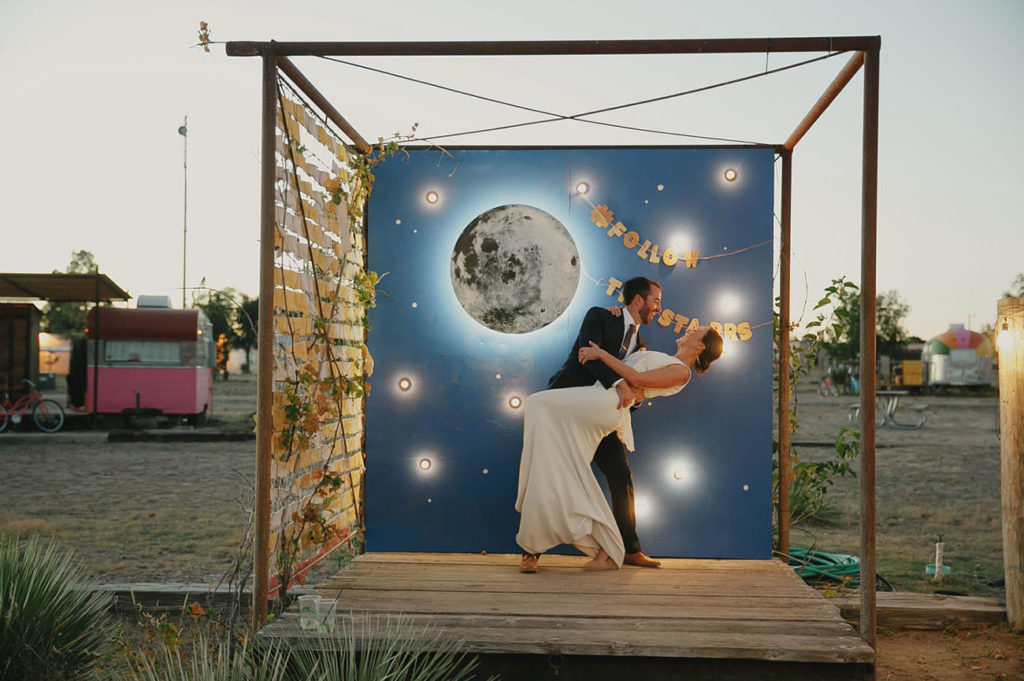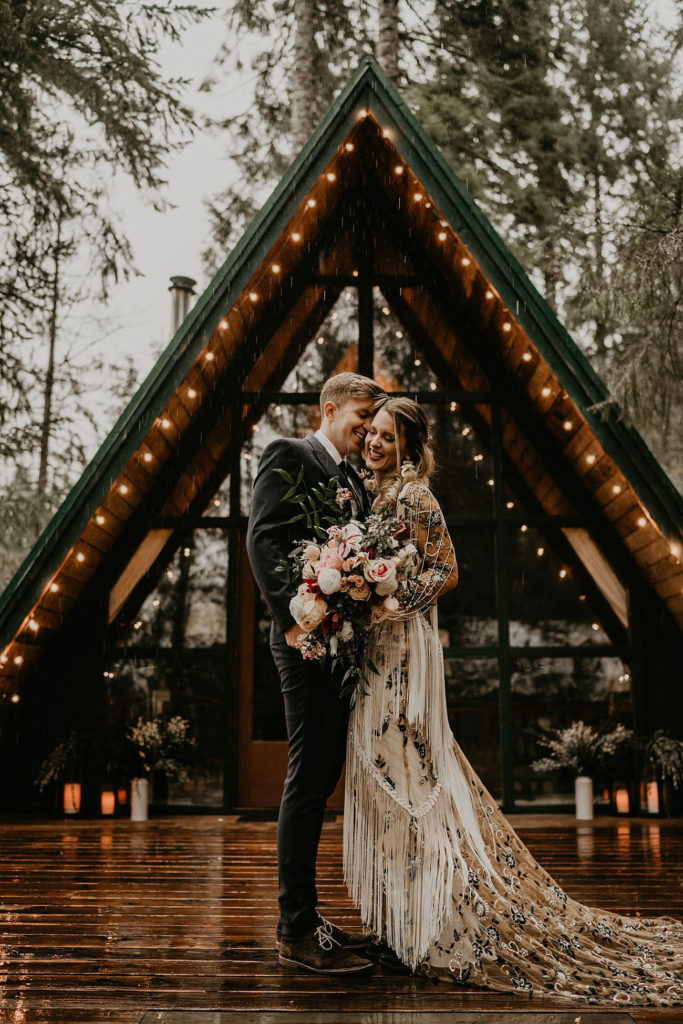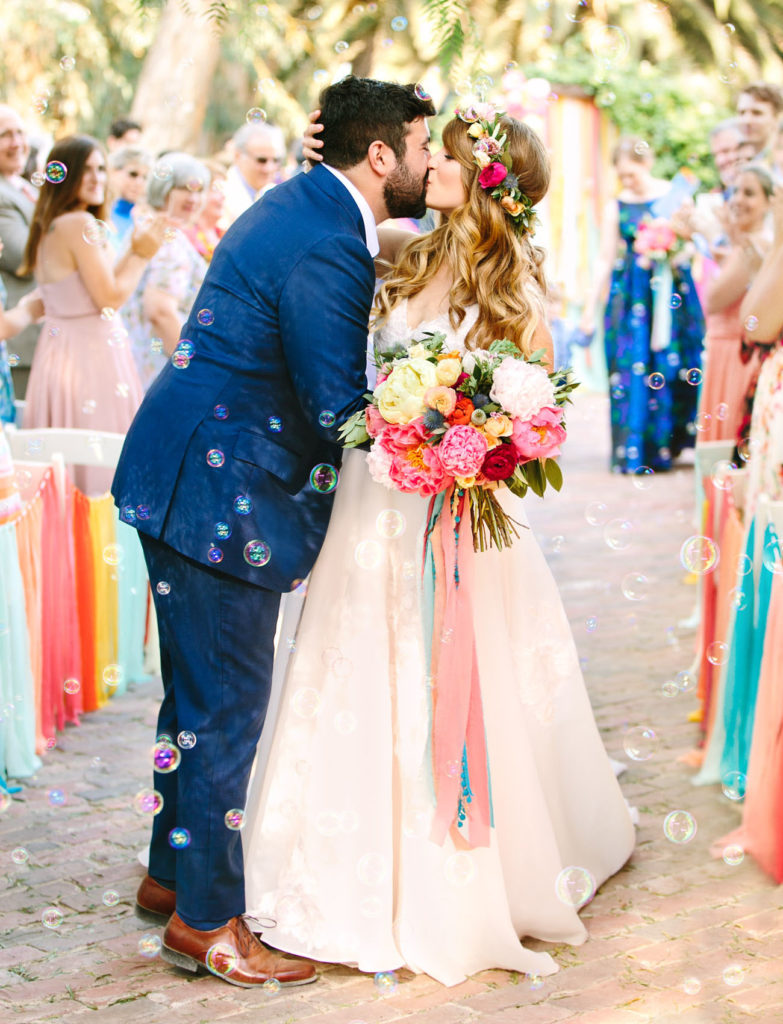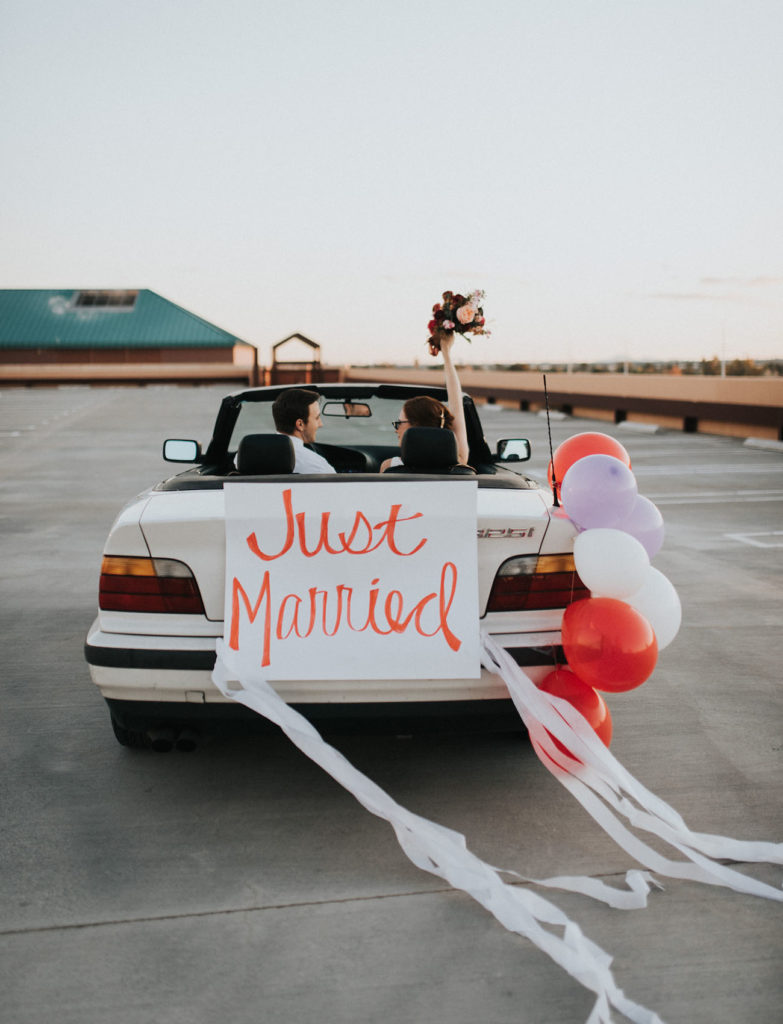Changing your surname to that of your husband’s post-wedding is not a legal requirement, rather a long-standing tradition when it comes to getting hitched. More brides are opting to keep their own name these days, but plenty are still sticking with tradition and taking their husband’s name. But how do you go about it? If you choose to change your surname, there are some things you really should know.
 Geoff Duncan
Geoff DuncanThere is absolutely no problem with using your marriage name from the get-go because let’s be honest, it’s going to take some getting used to, so practice most definitely makes perfect. However, if you choose to use your new name on official documents such as driver’s license, your bank account etc., you are required by law to present your marriage certificate, plus a form of identification, and apply for the change via Deed Poll.
 Henry Tieu Photography
Henry Tieu PhotographyIt will then be passed by the central office of the High Court for approval. It must be hand-delivered and a witness must also be present when signing it. At a cost of €30, it really couldn’t be easier or more cost-efficient! The same process applies for a double-barrelled name if that is what the bride wishes to do. When all is signed sealed, stamped and delivered, your name has officially been changed.
 Alyssa Marie Photography
Alyssa Marie PhotographyThe process does not finish there though. It is vital to notify the following places of your name change:
- Motor Tax Office
- Passport Office
- Revenue Office
- Bank
- Building Society
- Doctor, Dentist etc.
- Your Employer
- Insurance Company
- Investments/Pensions
 Jonnie + Garrett
Jonnie + GarrettIf the entire process seems wholly overwhelming and far too complicated to burst your wedded bubble, then leave it in the hands of a lawyer and let the honeymoon period continue. Speaking of your honeymoon though, be cautious not to get carried away and use your married name on plane tickets or official documents, unless you’re going to have a replacement passport!
- Michelle Storey

